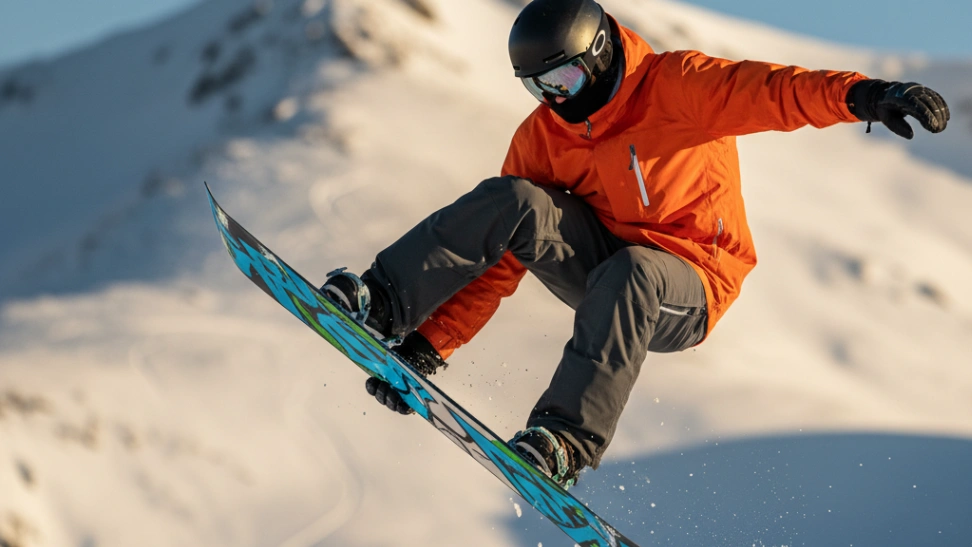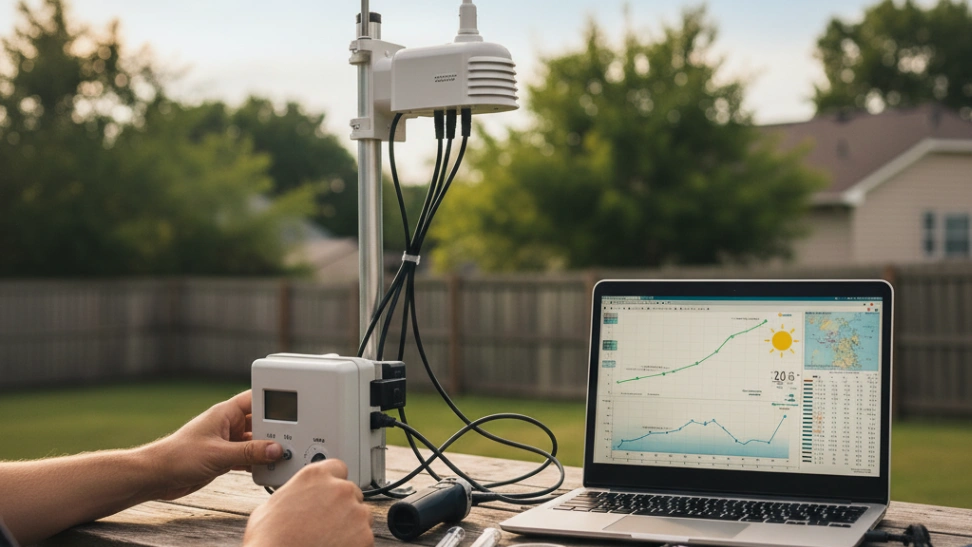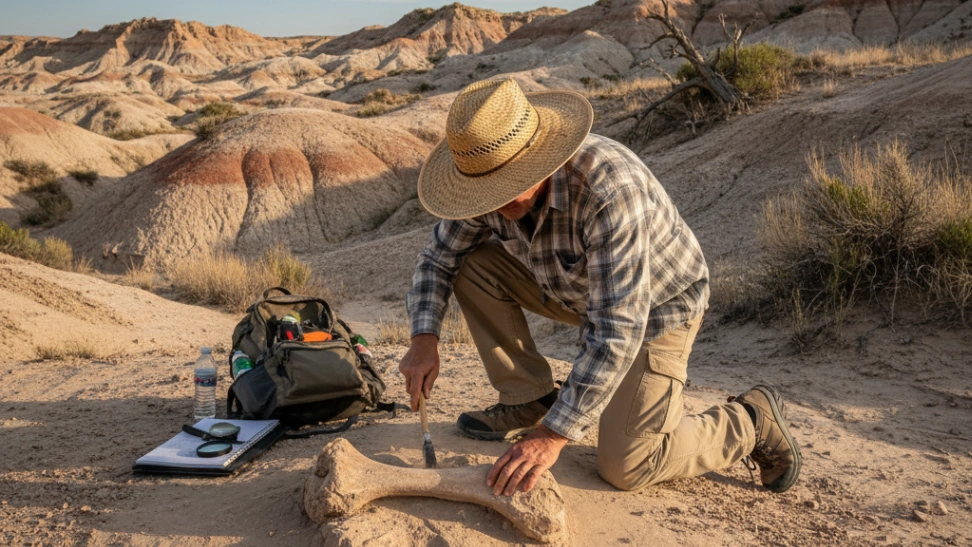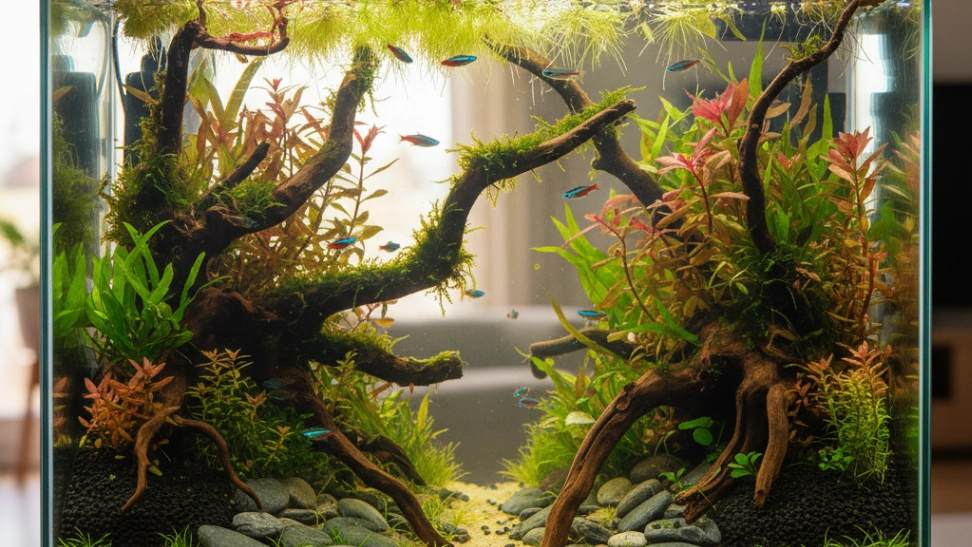Is This Hobby For You?
This hobby is ideal for thrill-seekers and nature lovers who enjoy an active, challenging outdoor experience in winter.
Why You'll Love It
- Experience exhilarating speed and freedom on beautiful mountain landscapes.
- A great full-body workout that builds strength, balance, and endurance.
- Be part of a vibrant, passionate community with opportunities for social interaction.
Good to Know Before You Start
- High initial cost for equipment and lift tickets, plus ongoing travel expenses.
- Steep learning curve initially, with many falls expected during the beginner phase.
- Dependent on snow conditions and accessible mountain resorts, limiting year-round participation.
Hobby Traits
How the community rates this hobby.
Getting Started: The Essentials
The basic requirements to begin your journey with Snowboarding.
Startup Cost
$700
Community-voted average
Ongoing Cost
Medium
Monthly upkeep estimate
Essential Gear
Snowboard
The board itself, chosen based on rider style, height, and weight. Beginners often start with an all-mountain or directional twin board.
Bindings
Connect your boots to the snowboard, crucial for control and responsiveness. Different types suit various riding styles.
Snowboard Boots
Designed for comfort, support, and to effectively transfer your movements to the board. Fit is paramount for performance and avoiding discomfort.
Helmet
Essential safety gear to protect your head from impacts and falls, which are common when learning and progressing.
Outerwear (Jacket & Pants)
Waterproof and insulated clothing to keep you warm and dry in varying mountain conditions.
Learning Curve
Overall Difficulty: Easy
Associated Skills
Skills you can expect to develop while pursuing this hobby.
A Closer Look at the Traits
Deep Nature
This hobby takes you deep into the great outdoors, far from civilization.
Purely for Fun
Pursued purely for enjoyment, relaxation, and the fun of the activity itself.
High-Energy
A high-energy activity that gets your heart pumping and body moving.
Very Physical
A physically demanding hobby that builds strength, endurance, and coordination.
Mostly Creative
While there are some technical aspects, the primary focus is on creativity and self-expression.
Fairly Social
While you can do this alone, it's often more fun with a few other people.
Frequently Asked Questions
Hobby Traits
How the community rates this hobby.



